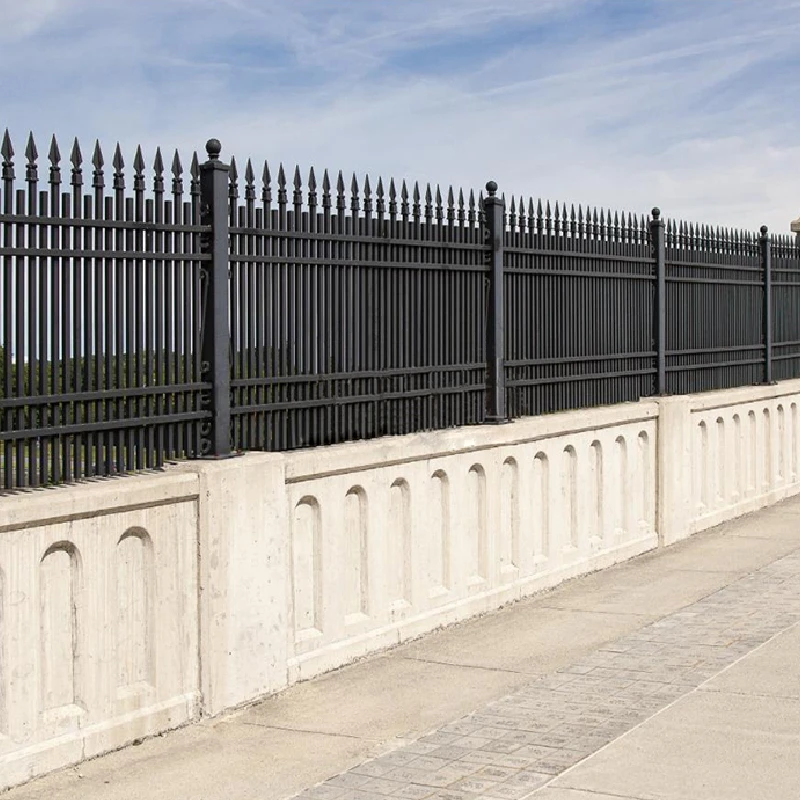Dec . 13, 2024 09:30 Back to list
types of steel grating
Types of Steel Grating A Comprehensive Overview
Steel grating is a versatile construction material widely used in various industries due to its durability, strength, and ease of installation. Typically made from steel bars that are welded or mechanically linked together, steel grating offers significant advantages in terms of safety, visibility, and load-bearing capabilities. This article explores the different types of steel grating, their characteristics, and their applications across various sectors.
1. Welded Steel Grating
Welded steel grating is one of the most common forms of steel grating and features a grid-like structure that is created by welding perpendicular bars together at predetermined intervals. This type is renowned for its strength and rigidity, making it suitable for heavy-duty applications such as industrial flooring, platforms, and walkways. The welds create a solid structure that is less likely to deform under high loads, making welded steel grating ideal for environments where heavy machinery is utilized.
2. Press-locked Steel Grating
Press-locked steel grating is created through a unique manufacturing process where load bars are pressed into place and locked without the use of welding. This type of grating is regarded for its smooth surface and sleek appearance, which makes it an aesthetic choice for architectural applications. It is highly versatile and can be customized to fit various specifications. Press-locked grating is often used in pedestrian walkways, decorative features, and in areas where foot traffic is a significant factor.
Similar to press-locked grating, swage-locked steel grating utilizes a locking mechanism to secure the load bars in place. This type of grating is manufactured by swaging the cross bars into the load bars under high pressure. Swage-locked grating offers high strength with a lighter weight compared to welded grating. It is particularly effective for applications that require a maximum open area for drainage and ventilation. Common uses include trench covers, drainage systems, and lightweight platforms.
types of steel grating

4. Reinforced Steel Grating
Reinforced steel grating is designed for areas that undergo heavy loads and require additional support. It combines the features of conventional grating with reinforcements such as extra bars or thicker materials. This type of grating is beneficial in applications such as mezzanines, heavy traffic sidewalks, and industrial facilities carrying considerable weight. The reinforcement enhances the load-bearing capacity, ensuring long-term durability and safety.
5. Fiberglass Reinforced Plastic (FRP) Grating
Although not a traditional steel grating, fiberglass reinforced plastic grating is worth mentioning due to its increasing popularity as an alternative. FRP grating is lightweight, resistant to corrosion, and does not conduct electricity, making it an excellent choice for certain environments such as chemical plants or offshore applications. While it is not made of steel, it offers similar benefits in terms of versatility and functionality.
Applications of Steel Grating
Steel grating finds applications across various sectors due to its strength and durability. In industrial settings, it is widely used for manufacturing plants, warehouses, and refineries for flooring, walkways, and platforms. In commercial environments, it is often used in exterior and interior designs, providing a modern aesthetic while ensuring safety. Steel grating can also be utilized in municipal applications such as bridges, drainage grates, and street covers, contributing to urban infrastructure.
Conclusion
The types of steel grating available today are engineered to cater to diverse industrial and commercial needs, each with unique features suitable for specific applications. Whether it’s for heavy load-bearing environments or decorative architectural purposes, steel grating remains a crucial component in construction and maintenance. Understanding the various types of steel grating is essential for engineers, architects, and contractors to make informed choices that enhance safety, functionality, and aesthetic appeal in their projects.
-
Reinforcing Mesh: Core Material of the Construction Industry
NewsJul.07,2025
-
Welded Wire Fabric Reinvented for Modern Projects
NewsJul.04,2025
-
Superiority of Stainless Steel Woven Mesh
NewsJul.04,2025
-
Key Types of Razor Wire and Their Applications
NewsJul.04,2025
-
Durable Metal Fence Types for Security
NewsJul.04,2025
-
Best Materials for Livestock Fence
NewsJul.04,2025
products.







